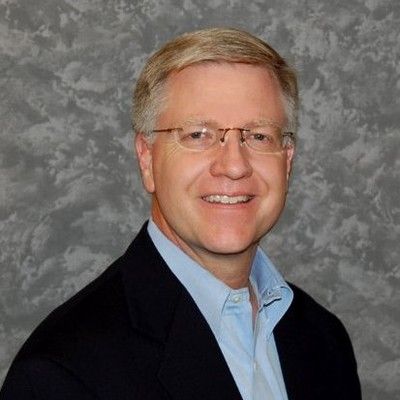Inflation Reduction Act Has a 'Smoothing' Effect on Beneficiaries | 2023 Asembia Specialty Pharmacy Summit
A little-known provision of the Inflation Reduction Act will allow people with Part D coverage to "smooth out" their annual out-of-pocket costs as an average payment over months.
Medicare price negotiation, insulin out-of-pocket caps, and Medicare Part D out-of-pocket maximums — those are healthcare provisions of the Inflation Reduction Act (IRA) that people in healthcare circles — and beyond— have been talking about
But soon “smoothing” may become part of the IRA healthcare vernacular.
Charles Collins, M.S., MBA

“You would think you would hear more about this,” said Charles Collins, M.S., MBA, principal and president of Healthcare Stakeholder Solutions LLC, of Medford, New Jersey.
Collins was a member of a panel on the IRA and its impact on patient financial assistance today at Asembia’s 2023 Specialty Pharmacy Summit.
Smoothing is shorthand for the provision of the IRA that, starting in 2025, requires Part D plans to offer the option of allowing beneficiaries to spread out their out-of-pocket costs, which, starting in 2025 will be capped at $2,000 per year. With smoothing, if beneficiary was on medication that would have $2,000 in out-of-pocket costs for a full calendar year, that person could pay $167 a month ($2,000 divided by 12) instead of owing $2,000 the first month.
Collins said smoothing is an opt-in choice for beneficiaries. In a brief interview with Managed Healthcare Executive after the panel discussion, he said the smoothing provision of the IRA has some aspects that are “not really user friendly. It doesn’t protect the patient at a lot of levels.”
For one thing, because it is an opt-in choice, some beneficiaries may not take advantage of it. In addition, Collins said a missed or late payment means the beneficiary will automatically be kicked out of the smoothing program and that the Part D plan can demand the balance of the out-of-pocket maximum.
Alan Klein, MBA

Speaking more broadly about the IRA and its consequences for beneficiaries, panelist Alan Klein, MBA, chief development officer for the HealthWell Foundation in Germantown, Maryland, said the $2,000 out-of-pocket maximum “is certainly helpful, but there is going to be a lot of people still who can’t afford that $2,000.”
Klein said his foundation, which has “when health insurance is not enough” as a tagline, assists 180,000 patients a year with copays, premiums and other healthcare-related expenses, that the average income of the recipients is 250% of the federal poverty level and that the average grant is close to $3,000.
Melissa Paige

Another panelist, Melissa Paige, vice president, National Association of Medication Access and Patient Advocacy, made a plea for resources and education about the IRA for healthcare workers so they can share the information with patients.
“They are really dealing with a million fires right now, with accumulators, maximizers and everything else that is getting thrown at them. They really don’t worry till something is in place and what does that mean.”
James E. Smith Jr., Pharm.D., apharmacy manager at Amber Specialty Pharmacy, headquartered in in Omaha, Nebraska, and Krista Zodet, M.S.W., president and CEO of the HealthWell Foundation, were also on the panel.
GLP-1 Tiering Agreement Reached, Says Optum Rx President
May 3rd 2024Health plans that use Optum Rx as their pharmacy benefit manager (PBM) will be allowed to tier their coverage of GLP-1s and still receive rebates under an agreement the PBM has reached with the manufacturers, says the PBM president. Optum officials said later that the negotiations were still ongoing,
Read More
Specialty Pharmacies Drive Cost Savings in Value-Based Care | Asembia 2024
May 2nd 2024Earlier this week at the 2024 Asembia Specialty Pharmacy Summit in Las Vegas, Managed Healthcare Executive editors spoke with Bill McElnea, vice president of population health at Shields Health Solutions, about specialty pharmacies reducing costs for patients.
Read More